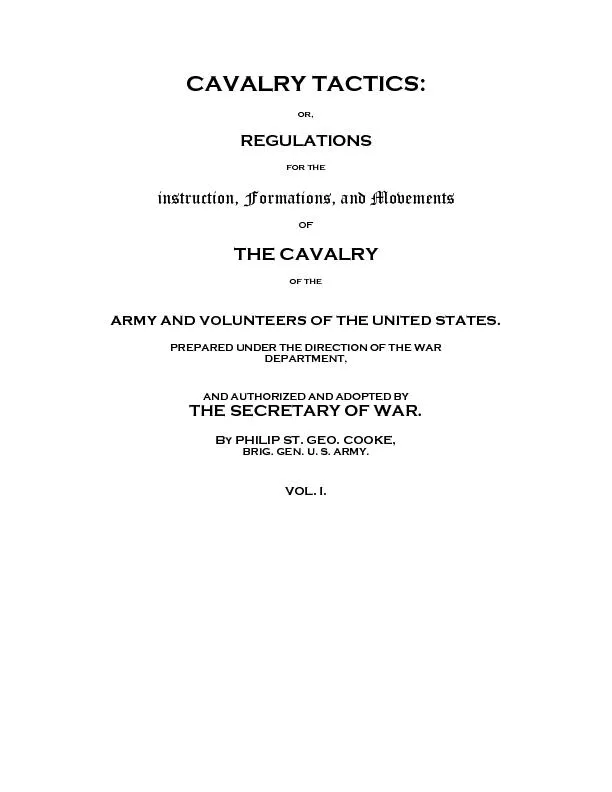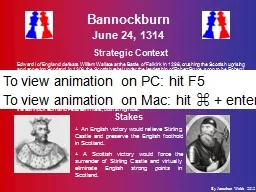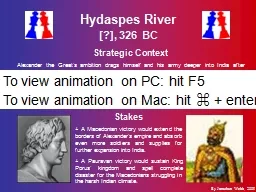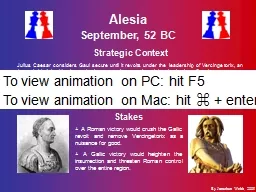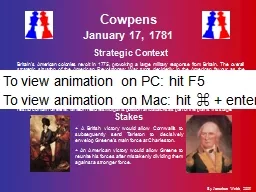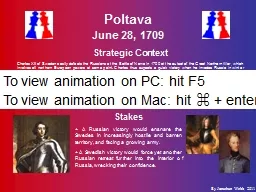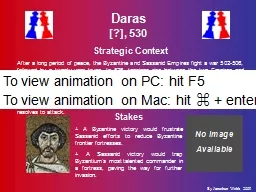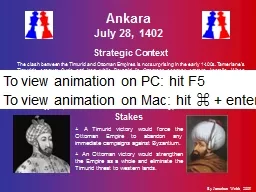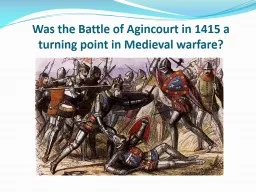PPT-It’s Hard to Lead a Cavalry Charge if You Think You Look
Author : tatiana-dople | Published Date : 2017-03-28
Laurie E McNeil Dept of Physics and Astronomy University of North Carolina at Chapel Hill Photo courtesy of the US Army 1 st Cavalry Divisions Horse Cavalry Detachment
Presentation Embed Code
Download Presentation
Download Presentation The PPT/PDF document "It’s Hard to Lead a Cavalry Charge if ..." is the property of its rightful owner. Permission is granted to download and print the materials on this website for personal, non-commercial use only, and to display it on your personal computer provided you do not modify the materials and that you retain all copyright notices contained in the materials. By downloading content from our website, you accept the terms of this agreement.
It’s Hard to Lead a Cavalry Charge if You Think You Look: Transcript
Download Rules Of Document
"It’s Hard to Lead a Cavalry Charge if You Think You Look"The content belongs to its owner. You may download and print it for personal use, without modification, and keep all copyright notices. By downloading, you agree to these terms.
Related Documents


